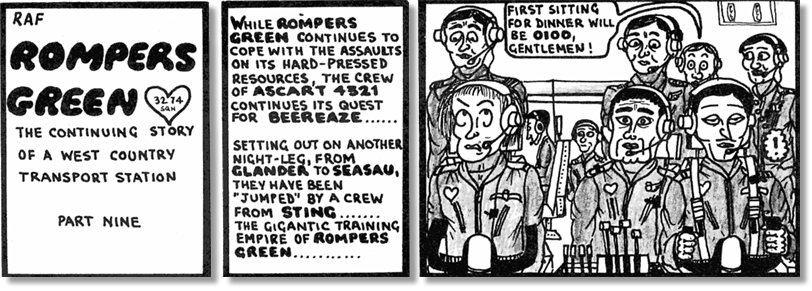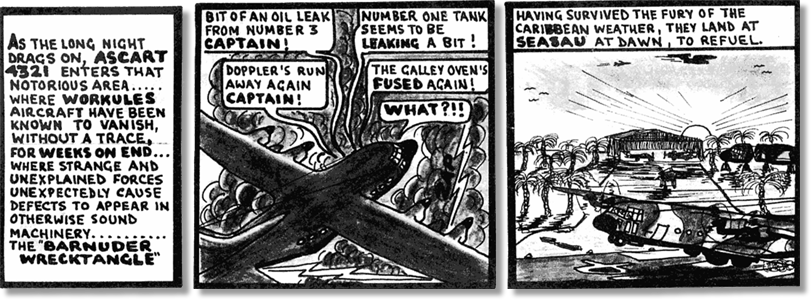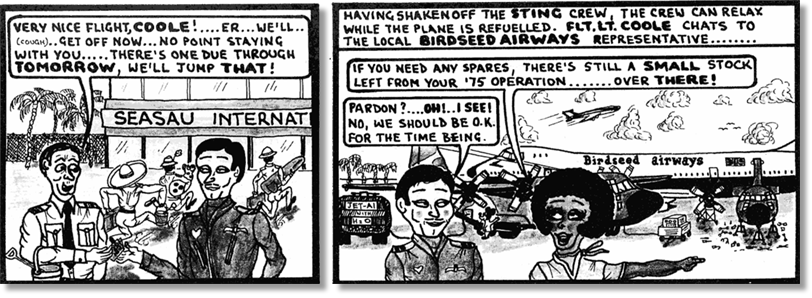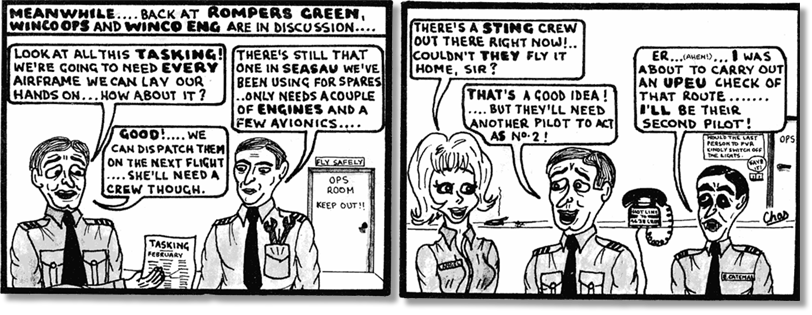
Crowded House

About 120 survivors from Palu, the Indonesian city devastated by a 7.5 magnitude earthquake and tsunami inside our C-130H (NZ) Hercules.
For aircraft captain Flight Lieutenant Dave Natapu, being able to help babies and young children escape the quake-ravaged Indonesian city of Palu with their parents was the most rewarding part of being deployed as part of the New Zealand Defence Force’s (NZDF) recent humanitarian aid mission.
“We are glad that we were there at the beginning and delivered aid to where it was needed most.”
During their week-long deployment, the NZDF detachment and a Royal New Zealand Air Force C-130 Hercules aircraft transported about 70 tonnes of aid and evacuated 160 survivors from Palu.
"There was a palpable sense of relief from the evacuees when they got into our Herc. They erupted in cheers and gave the thumbs-up sign before we took off."
Royal New Zealand Air Force
For aircraft captain Flight Lieutenant Dave Natapu, being able to help babies and young children escape the quake-ravaged Indonesian city of Palu with their parents was the most rewarding part of being deployed as part of the New Zealand Defence Force’s (NZDF) recent humanitarian aid mission.
“We are glad that we were there at the beginning and delivered aid to where it was needed most.”
During their week-long deployment, the NZDF detachment and a Royal New Zealand Air Force C-130 Hercules aircraft transported about 70 tonnes of aid and evacuated 160 survivors from Palu.
"There was a palpable sense of relief from the evacuees when they got into our Herc. They erupted in cheers and gave the thumbs-up sign before we took off."
Royal New Zealand Air Force
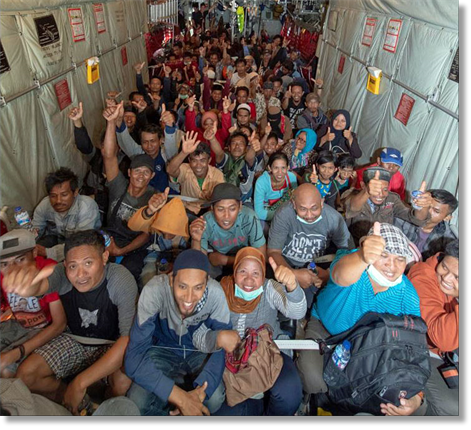

From: John Guy, Northampton
Subject: Australia
Hello Tony,
I just had to write concerning the latest Newsletter [August issue - there was not one in September] on the above subject. Until I read it I had no idea just how much the RAF was involved.
Now I can’t help wondering if much went on at RAF Bulawayo in Southern Rhodesia? I was called-up in July 1951 to do my National Service and was posted there as a u/t Storeman Non-Tech straight from square bashing. Not that I got there, I actually went to RAF Fanara MEAF 15 (The Canal Zone, Egypt) and spent 30 months in a tent. First time away from home and not the provision of a proper billet!
I am also of the opinion that the afore-mentioned Newsletter was the most interesting that I have ever read. What do other readers think? Is it up for discussion?
Well done Tony from a much appreciative and avid reader.
Regards,
John Guy
Subject: Australia
Hello Tony,
I just had to write concerning the latest Newsletter [August issue - there was not one in September] on the above subject. Until I read it I had no idea just how much the RAF was involved.
Now I can’t help wondering if much went on at RAF Bulawayo in Southern Rhodesia? I was called-up in July 1951 to do my National Service and was posted there as a u/t Storeman Non-Tech straight from square bashing. Not that I got there, I actually went to RAF Fanara MEAF 15 (The Canal Zone, Egypt) and spent 30 months in a tent. First time away from home and not the provision of a proper billet!
I am also of the opinion that the afore-mentioned Newsletter was the most interesting that I have ever read. What do other readers think? Is it up for discussion?
Well done Tony from a much appreciative and avid reader.
Regards,
John Guy

From: John Holloway, Shrewbury
Subject: NSRAF Cosford Branch
Hi Tony,
Our monthly meeting at Cosford was well attended yesterday and we had a good speaker who gave us a really good illustrated talk on Nimrod XW664 when he worked on the exterior of the aircraft whilst with 51 Sqdn as crew chief. The aircraft was so secretive and security was so strict that even he was not allowed inside; just the pilot, co-pilot, navigator and the 26 operators sat at their desks equipped with their monitoring equipment.
He told us that in his opinion the Nimrods were retired far too early and replaced with what he thought were far inferior American aircraft [The Rivet Joint] that were well used ex-tanker aircraft that had been modified with all the surveillance equipment.
One story he told us was broadcast worldwide - the U.S. soldiers digging Sadam Hussein out of a hole in the desert - it was the crew of Nimrod XW664 that guided them to him after after picking up him using his mobile phone!
XW664 is now at Castle Donnington Aerospace Museum and our esteemed speaker, now demobbed after 22 years, is working at the museum on the aircraft which he said at last he can go inside!
Cheers
John
Subject: NSRAF Cosford Branch
Hi Tony,
Our monthly meeting at Cosford was well attended yesterday and we had a good speaker who gave us a really good illustrated talk on Nimrod XW664 when he worked on the exterior of the aircraft whilst with 51 Sqdn as crew chief. The aircraft was so secretive and security was so strict that even he was not allowed inside; just the pilot, co-pilot, navigator and the 26 operators sat at their desks equipped with their monitoring equipment.
He told us that in his opinion the Nimrods were retired far too early and replaced with what he thought were far inferior American aircraft [The Rivet Joint] that were well used ex-tanker aircraft that had been modified with all the surveillance equipment.
One story he told us was broadcast worldwide - the U.S. soldiers digging Sadam Hussein out of a hole in the desert - it was the crew of Nimrod XW664 that guided them to him after after picking up him using his mobile phone!
XW664 is now at Castle Donnington Aerospace Museum and our esteemed speaker, now demobbed after 22 years, is working at the museum on the aircraft which he said at last he can go inside!
Cheers
John
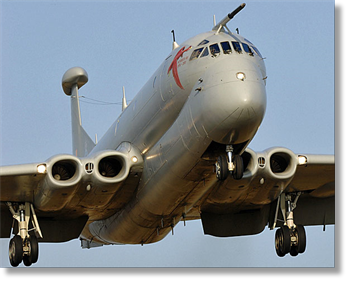

Video - Airbus A400M - Transporter Der Luftwaffe
(The narrative is in German, but nonetheless it's a very interesting full-length documentary.)



From: Barney Fielder, Huntingdon, Cambs
Subject: The Early Years
Subject: The Early Years
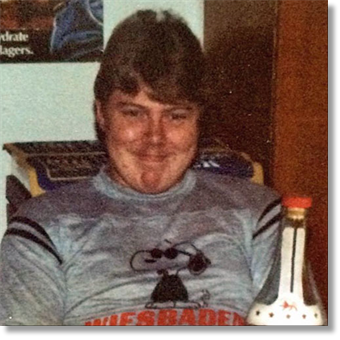
Barney Fielder, Barrack Block 69,
RAF Wildenrath, Germany - 1980
(In Shuggy Shewan room)
RAF Wildenrath, Germany - 1980
(In Shuggy Shewan room)
From: Gerry Davis, Bedminster, Somerset
Subject: The Early Years
Subject: The Early Years
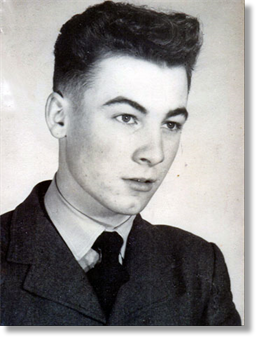
Gerry Davis, 1957
Fulton Block, RAF Cosford
1932824 Boy Entrant
See more info...
Fulton Block, RAF Cosford
1932824 Boy Entrant
See more info...

From: Bruce Gill, Newton Abbot, Devon
Subject: The Early Years
Subject: The Early Years
From: Paul English, Swindon, Wilts
Subject: The Early Years
Subject: The Early Years
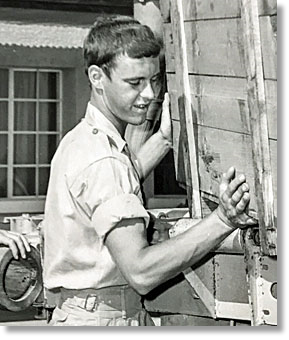
Bruce Gill
Bahrain Movements 1967
Bahrain Movements 1967
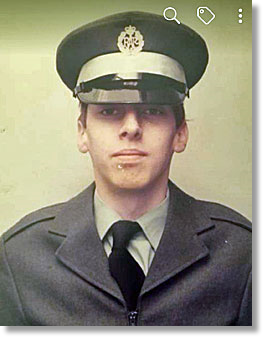
Paul (Arfur) English
November 1980
2nd week in at RAF Swinderby
November 1980
2nd week in at RAF Swinderby

From: George Fouhey, Bedford
Subject: The Early Years
Subject: The Early Years
From: Chris Briggs, Coventry
Subject: The Early Years
Subject: The Early Years
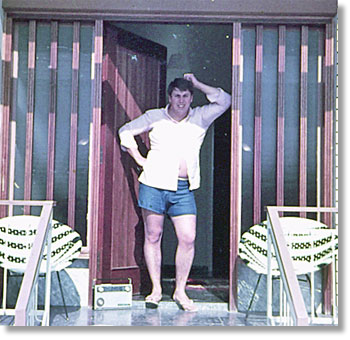
George Fouhey, 1970
RAF Akrotiri housing in Limassol
Very happy days!
RAF Akrotiri housing in Limassol
Very happy days!
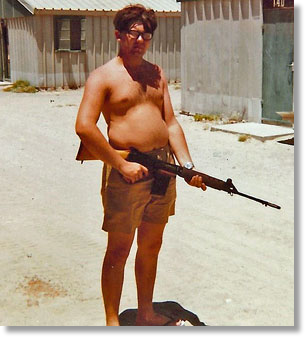
Chris Briggs
1973 RAF Masirah - I was 23
1973 RAF Masirah - I was 23

From: Terry Joint, Murcia
Subject: The Early Years
Subject: The Early Years
From: Keith Hubbard, Kilgetty, Pembroke
Subject: The Early Years
Subject: The Early Years
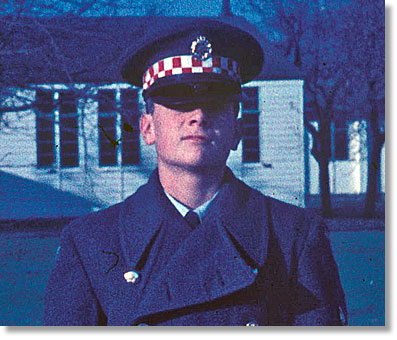
Terry Joint
1965 RAF Hereford aged 16
Where has the time gone?
1965 RAF Hereford aged 16
Where has the time gone?
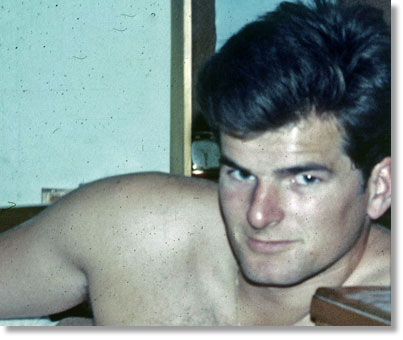
Keith Hubbard
Chilling out after a shift on Air Movs Aden.
One of the last Movers to leave in 1967
See more info...
Chilling out after a shift on Air Movs Aden.
One of the last Movers to leave in 1967
See more info...

From: David Taylor, York
Subject: The Early Years
Subject: The Early Years
From: Ian Place, Meanwood, W.Yorks
Subject: The Early Years
Subject: The Early Years
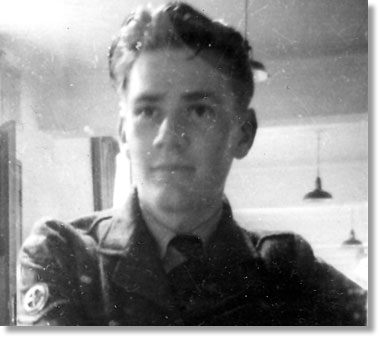
David Taylor
At RAF Cosford in 1953
An early selfie using a mirror!
See more info...
At RAF Cosford in 1953
An early selfie using a mirror!
See more info...
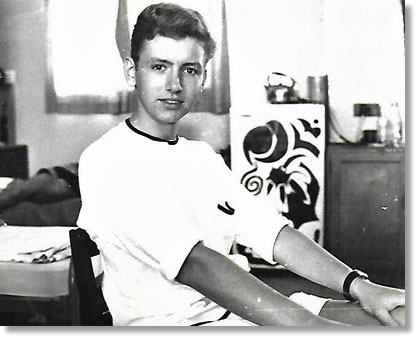
Ian Place
Relaxing in the barrack block
RAF Muharraq, Bahrain, 1968
Relaxing in the barrack block
RAF Muharraq, Bahrain, 1968

From: Neil Middleton, Ipswich, Suffolk
Subject: The Early Years
Subject: The Early Years
From: Stan Seggar, Sheffield
Subject: The Early Years
Subject: The Early Years
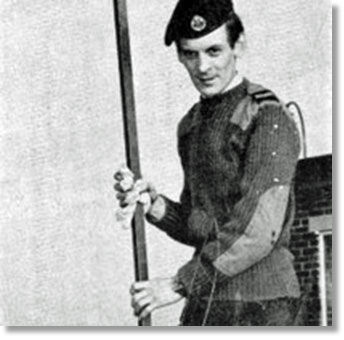
Neil Middleton
Dipping the Bulk Fuel Tanks
RAF Finningley May 1976
Dipping the Bulk Fuel Tanks
RAF Finningley May 1976
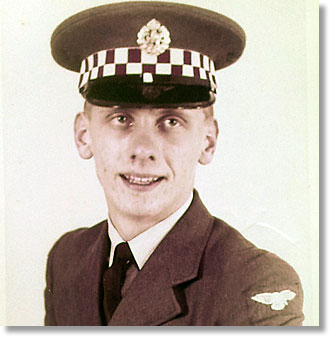
Stan Seggar, RAF Hereford 1963-65
50th Entry Boy Entrants Supplier Gen
(Medical discharge prior to graduation)
See more info...
50th Entry Boy Entrants Supplier Gen
(Medical discharge prior to graduation)
See more info...

From: Pete Ingham, Carterton, Oxon
Subject: The Early Years
Subject: The Early Years
From: Steve Cross, Doncaster, S.Yorks
Subject: The Early Years
Subject: The Early Years
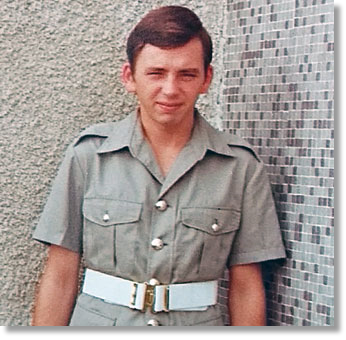
Pete Ingham
RAF North Front, Gibraltar, 1979
Ready for a parade!
RAF North Front, Gibraltar, 1979
Ready for a parade!
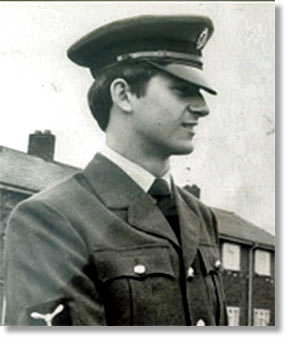
Steve Cross - 1982
Air Movements Section (LAMS)
RAF Lossiemouth, Scotland
See more info...
Air Movements Section (LAMS)
RAF Lossiemouth, Scotland
See more info...

From: Dave Wilkin, Romford, Essex
Subject: The Early Years
Subject: The Early Years
From: Murray J Smith, Blenheim
Subject: The Early Years
Subject: The Early Years
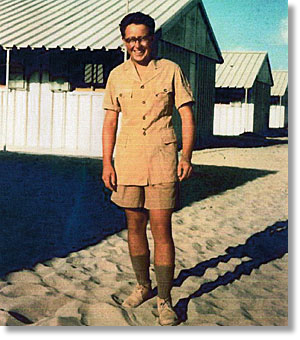
Dave Wilkin, 1963
1st overseas tour, RAF Masirah
See more info...
1st overseas tour, RAF Masirah
See more info...
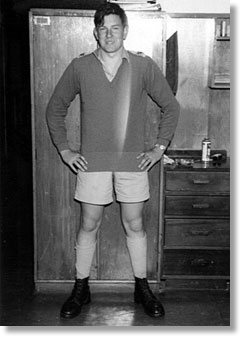
Murray Smith - 1972
Airman Cadet School
RNZAF Base Woodbourne, NZ
Airman Cadet School
RNZAF Base Woodbourne, NZ

From: Syd Avery, Guardamar del Segura
Subject: The Early Years
Subject: The Early Years
From: Philip Clarke, Swaffam, Norfolk
Subject: The Early Years
Subject: The Early Years
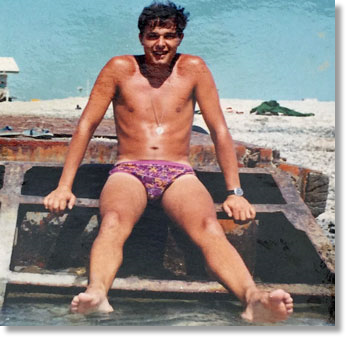
Philip (Nobby) Clarke
RAF Masirah 1974
RAF Masirah 1974
Syd Avery
Admin Apprentice School
RAF Bircham Newton, 1960
See more info...
Admin Apprentice School
RAF Bircham Newton, 1960
See more info...
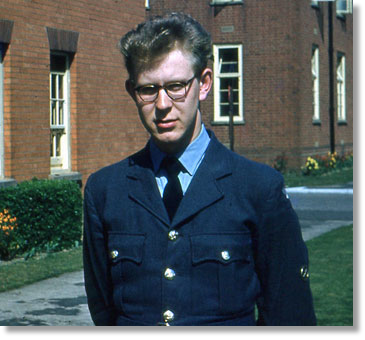

From: Mike McCann, Beckwithshaw, N.Yorks
Subject: The Early Years
Subject: The Early Years
From: Mike Stepney, Stewarton, Ayrshire
Subject: The Early Years
Subject: The Early Years
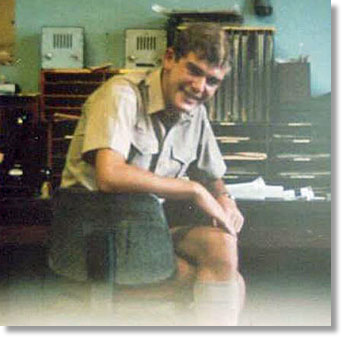
Mike McCann
Air Movements
RAF Gan, Maldives, 1970
See more info...
Air Movements
RAF Gan, Maldives, 1970
See more info...
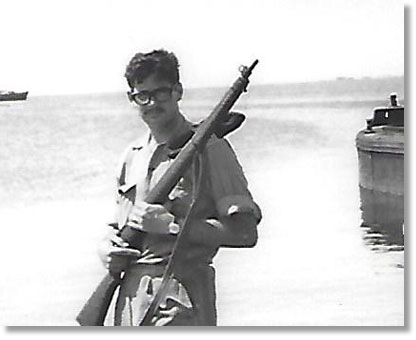
Mike Stepney - June 1967
Guard Duty
Ma'ala Wharf, Aden
See more info...
Guard Duty
Ma'ala Wharf, Aden
See more info...

From: Dave "Nip" Betts, Runaway Bay QLD
Subject: The Early Years
Subject: The Early Years
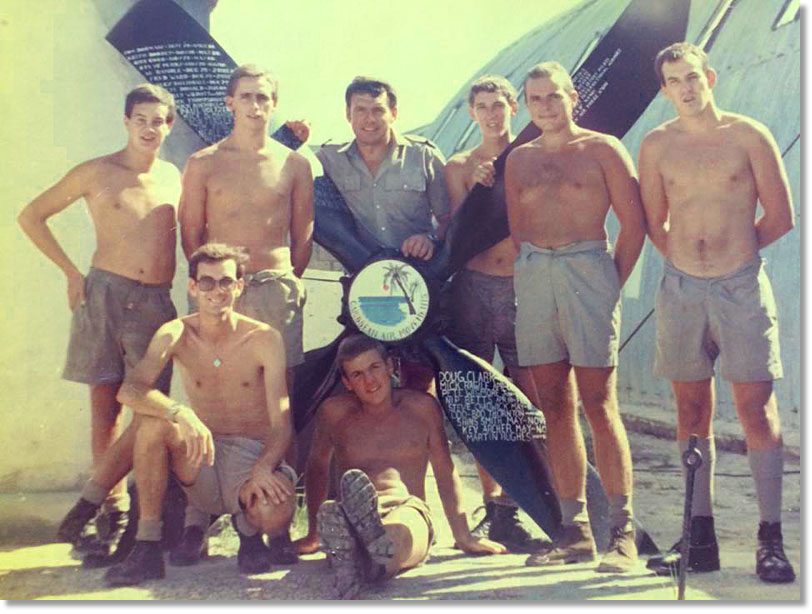
Caribbean Air Movements
Belize, 1981
Names anyone?
Belize, 1981
Names anyone?

From: Michael Cocker, Swindon, Wilts
Subject: The Early Years
Subject: The Early Years
From: George Readman, Bristol
Subject: The Early Years
Subject: The Early Years
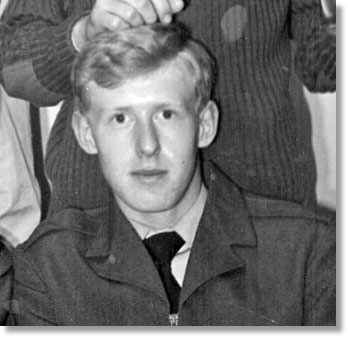
Mick Cocker aged 18
Basic at RAF Swinderby
See more info...
Basic at RAF Swinderby
See more info...
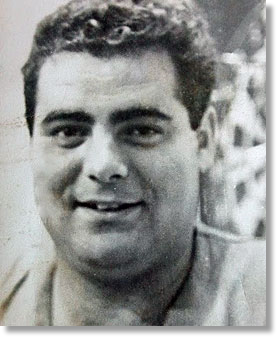
Geordie Readman aged 21
FEAF MAMS Borneo, 1963/4
See more info...
FEAF MAMS Borneo, 1963/4
See more info...

From: Derek Barron, Calne, Wilts
Subject: The Early Years
Subject: The Early Years
From: Steve Perry, Royal Wootton Bassett
Subject: The Early Years
Subject: The Early Years
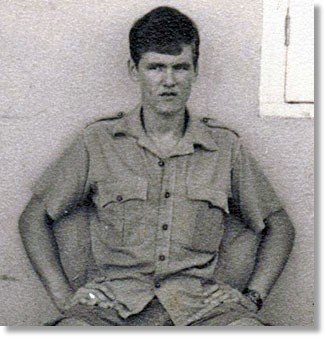
Derek Barron
Air Movements RAF Khormaksar
Aden withdrawal - Oct-Nov 1967
Air Movements RAF Khormaksar
Aden withdrawal - Oct-Nov 1967
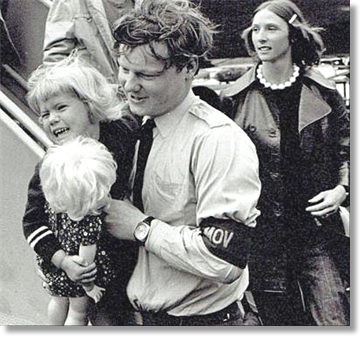
Steve Perry
Air Movements RAF Brize Norton
Meeting Cyprus evacuation pax 1974
Air Movements RAF Brize Norton
Meeting Cyprus evacuation pax 1974

From: Steve Jolley, Wakefield, Yorks
Subject: The Early Years
Subject: The Early Years
From: Allan Walker, Burnley, Lancs
Subject: The Early Years
Subject: The Early Years
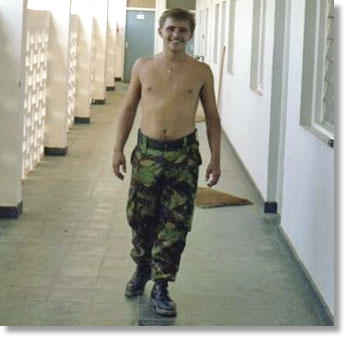
Steve "Spider" Jolley
RAF Akrotiri, Cyprus, 1984
RAF Akrotiri, Cyprus, 1984
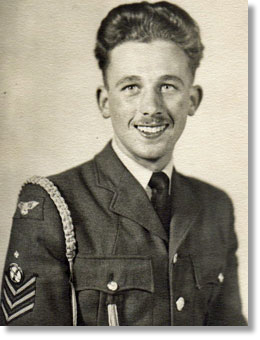
Allan Walker
RAF Halton Apprentice - 1958
See more info...
RAF Halton Apprentice - 1958
See more info...

From: Bernie Hurdsfield, Corby, Northants
Subject: The Early Years
Subject: The Early Years
From: Pete Price, Calne, Wilts
Subject: The Early Years
Subject: The Early Years
Bernie Hurdsfield, Age 19
Air Movements
RAF Labuan, Borneo 1966/7
Air Movements
RAF Labuan, Borneo 1966/7
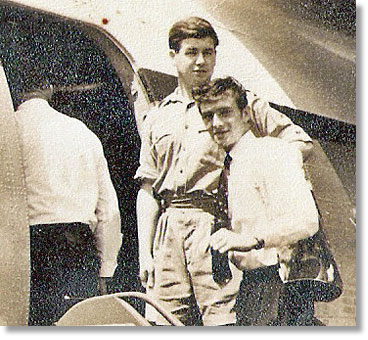
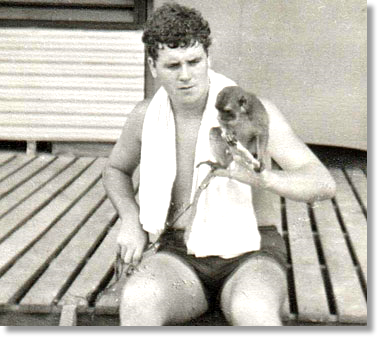
Pete Price
RAF Labuan, Borneo, 1963
See more info...
RAF Labuan, Borneo, 1963
See more info...

From: Edward Stout, Stafford
Subject: The Early Years
Subject: The Early Years
From: Michael V. O'Brien, Corinda, QLD
Subject: The Early Years
Subject: The Early Years

Ed Stout
Taking a Tiger for the Team
RAF Changi, Singapore, 1971
Taking a Tiger for the Team
RAF Changi, Singapore, 1971
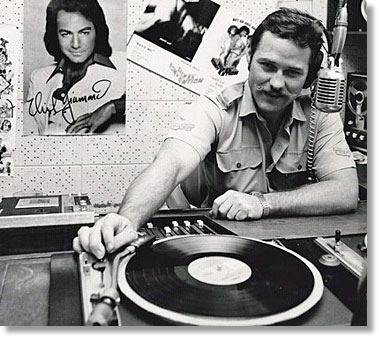
OBie O'Brien 1975
RAAF Butterworth, Malaysia
See more info...
RAAF Butterworth, Malaysia
See more info...

From: David Powell, Princes Risborough
Subject: The Early Years
Subject: The Early Years
From: David King, Bury St Edmunds
Subject: The Early Years
Subject: The Early Years
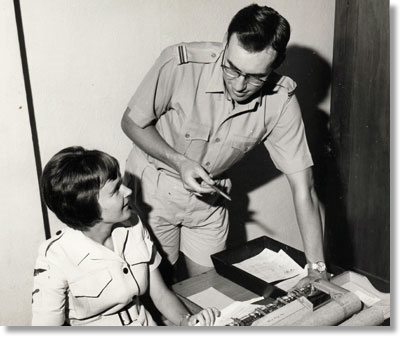
David Powell - 1964
Acting OC SCAF, RAF Changi, Singapore
See more info...
Acting OC SCAF, RAF Changi, Singapore
See more info...
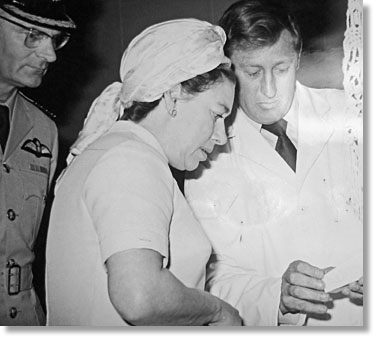
David King with Princess Margaret
RAF Akrotiri, Cyprus
See more info...
RAF Akrotiri, Cyprus
See more info...

From: Duncan Grant, Trentham, Staffs
Subject: The Early Years
Subject: The Early Years
From: Glen Falardeau, Devon, AB
Subject: The Early Years
Subject: The Early Years
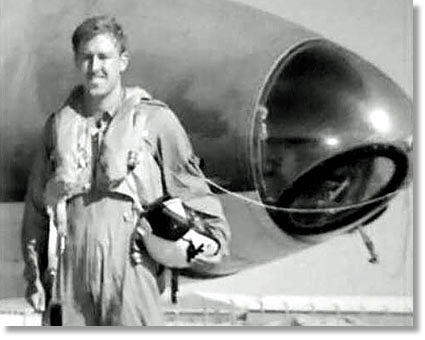
Duncan Grant - Sharjah, 1969
A Mover Going to Higher Places!
See more info...
A Mover Going to Higher Places!
See more info...
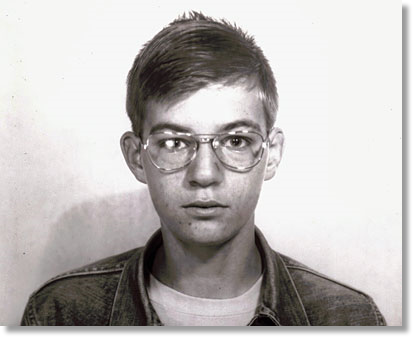
Glen Falardeau - 1978
629 Air Cadets Squadron Québec City
See more info...
629 Air Cadets Squadron Québec City
See more info...

From: William Devlin, Port Talbot
Subject: The Early Years
Subject: The Early Years
From: Ken Davie, Palm Beach Gardens, FL
Subject: The Early Years
Subject: The Early Years
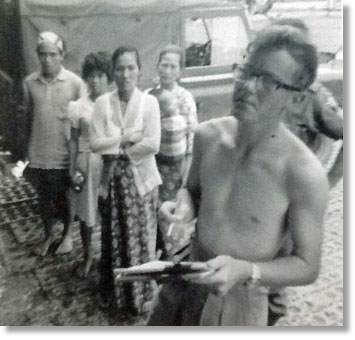
Liam Devlin
FEAF MAMS, Brunei, 1964
See more info...
FEAF MAMS, Brunei, 1964
See more info...
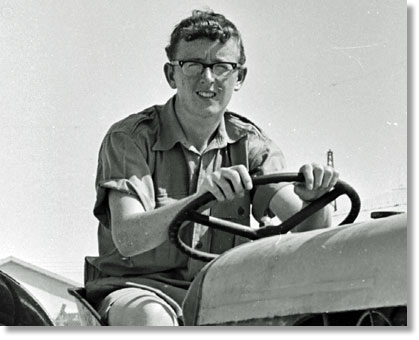
Ken Davie
RAF Sharjah, 1966
See more info...
RAF Sharjah, 1966
See more info...

From: Dave Jones, Wellington
Subject: The Early Years
Subject: The Early Years
From: Steve Maunder, Exeter, Devon
Subject: The Early Years
Subject: The Early Years
Davey Jones Aged 16, 1977
Graduation, RAF Swinderby
See more info...
Graduation, RAF Swinderby
See more info...
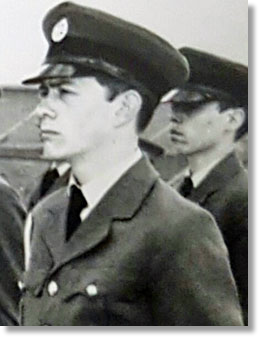
Steve Maunder
En-route to Sacramento, 1981
See more info...
En-route to Sacramento, 1981
See more info...
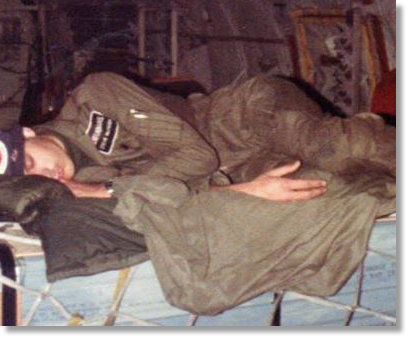

From: Len Bowen, Chisholm ACT
Subject: The Early Years
Subject: The Early Years
From: Chris Clarke, Burlington, ON
Subject: The Early Years
Subject: The Early Years
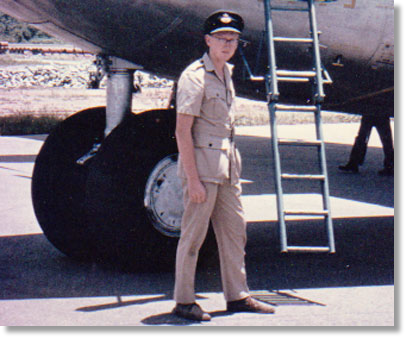
Len Bowen
RAF Labuan, Borneo, 1965
See more info...
RAF Labuan, Borneo, 1965
See more info...
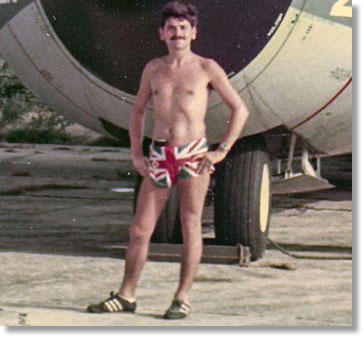
Chris (Pig) Clarke
Andros, Bahamas, 1984
See more info...
Andros, Bahamas, 1984
See more info...

From: Richard Lloyd, Dalgety Bay, Fife
Subject: The Early Days
Subject: The Early Days
From: Tony Gale, Gatineau, QC
Subject: The Early Years
Subject: The Early Years
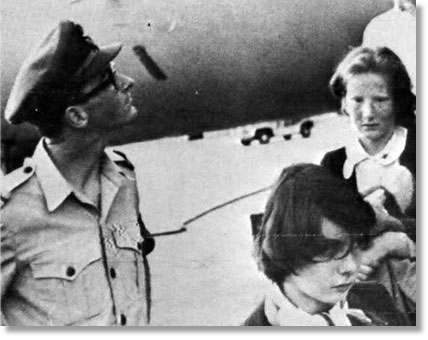
Dick Lloyd
RAF Kormaksar, Aden, 1967
See more info...
RAF Kormaksar, Aden, 1967
See more info...
From: Roger Gough, Dubai
Subject: Short Belfast at Cairns QLD
Hi Tony
Hope all well with you, just a quick bit of info I thought you might like ref the Belfast. I don’t know if you have already seen this - it is looking close to being in the skies soon.
I have just left HAE as the Regional GM after opening the office 11 years ago and now gone into a partnership with an excellent guy called Peter Lonsdale who has been in the cargo industry for 40+ years, ex-IAS DXB, we now concentrate on charter work and large projects. We are looking forward to the Belfast hopefully getting its AWC and AOC and we will have plenty of work for it we hope. I'll keep you updated on what I know.
Brgds,
Roger
Subject: Short Belfast at Cairns QLD
Hi Tony
Hope all well with you, just a quick bit of info I thought you might like ref the Belfast. I don’t know if you have already seen this - it is looking close to being in the skies soon.
I have just left HAE as the Regional GM after opening the office 11 years ago and now gone into a partnership with an excellent guy called Peter Lonsdale who has been in the cargo industry for 40+ years, ex-IAS DXB, we now concentrate on charter work and large projects. We are looking forward to the Belfast hopefully getting its AWC and AOC and we will have plenty of work for it we hope. I'll keep you updated on what I know.
Brgds,
Roger
Short Belfast Under Resurrection in Australia?
The aircraft lost her 'Heavy Lift' markings, being painted overall white some years ago, a short time after she went into storage, and hasn't flown since that time.
Long-rumored to be imminently on the scrapping block, the former RAF transport has somehow avoided destruction.
In recent weeks, there has been a flurry of activity around 'Hector' which has included engine runs... Could a reprieve be in the offing?
Long-rumored to be imminently on the scrapping block, the former RAF transport has somehow avoided destruction.
In recent weeks, there has been a flurry of activity around 'Hector' which has included engine runs... Could a reprieve be in the offing?
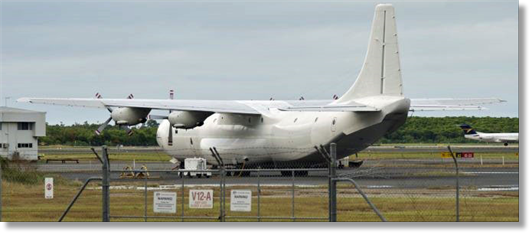
Short SC-5 Belfast C.1 XR365 'Hector' at Cairns circa 2012.

Short Belfast Under Resurrection?
by Richard Mallory Allnutt
A rare, British cold-war era transport stirred to life recently after several years of dormancy at Cairns Airport in northern Queensland, Australia. The Short Belfast C.1 is a massive aircraft, even by modern standards, being almost twice as big as a Lockheed C-130 Hercules, and only slightly smaller than its more successful U.S. counterpart, the Douglas C-133 Cargomaster. The Belfast enjoyed only a brief career in Britain’s Royal Air Force, with the fleet of just ten examples serving from 1964 until 1976. Only two Belfast’s currently survive: XR371 nicknamed ‘Enceladus’ in preservation at RAF Museum Cosford in Shropshire, England, and XR365 ‘Hector’, which is the example in Cairns.
by Richard Mallory Allnutt
A rare, British cold-war era transport stirred to life recently after several years of dormancy at Cairns Airport in northern Queensland, Australia. The Short Belfast C.1 is a massive aircraft, even by modern standards, being almost twice as big as a Lockheed C-130 Hercules, and only slightly smaller than its more successful U.S. counterpart, the Douglas C-133 Cargomaster. The Belfast enjoyed only a brief career in Britain’s Royal Air Force, with the fleet of just ten examples serving from 1964 until 1976. Only two Belfast’s currently survive: XR371 nicknamed ‘Enceladus’ in preservation at RAF Museum Cosford in Shropshire, England, and XR365 ‘Hector’, which is the example in Cairns.
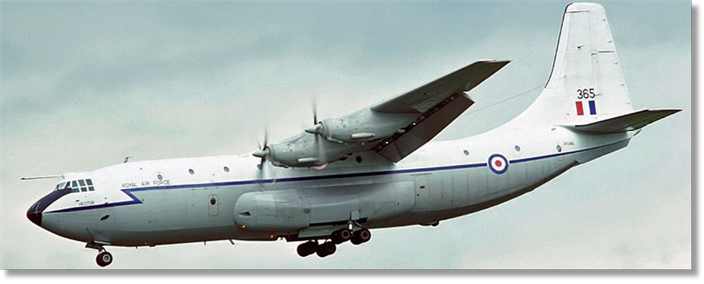
Here is a nice study of Hector while in RAF service as XR365 with 53 Squadron, coming in to land at her home base, RAF Brize Norton on May 20th, 1976.
The British aircraft manufacturer, Short Brothers, or Shorts for short, dates back to the dawn of powered flight. They are well known for their water-borne aircraft, and probably most famous for their line of large, four-engined Empire Class flying boats which traveled the globe in the days leading up to WWII, and for the design’s military offshoot, the Short Sunderland.
The latter, a long-range maritime patrol aircraft, gained a reputation for doggedly fending off seemingly overwhelming enemy forces… it was so fearsomely festooned with machine guns that it gained the self-ascribed moniker of ‘Flying Porcupine’. However, following WWII, with the abundance of high quality airfields for large, land-based transports, the days of the majestic flying boats were numbered. Shorts half century of association with water-borne aircraft was effectively over.
In 1948, the company moved their headquarters from their long-time home in Rochester, Kent, to Belfast, Northern Ireland. The company built a succession of prototypes in the postwar years, such as the carrier-based Sturgeon and Semew, as well as the Sperrin four-jet nuclear bomber, which never reached production. Shorts survived mostly on piecemeal work, building other company’s designs under sub-contract, like the English Electric Canberra and Bristol Britannia.
The latter, a long-range maritime patrol aircraft, gained a reputation for doggedly fending off seemingly overwhelming enemy forces… it was so fearsomely festooned with machine guns that it gained the self-ascribed moniker of ‘Flying Porcupine’. However, following WWII, with the abundance of high quality airfields for large, land-based transports, the days of the majestic flying boats were numbered. Shorts half century of association with water-borne aircraft was effectively over.
In 1948, the company moved their headquarters from their long-time home in Rochester, Kent, to Belfast, Northern Ireland. The company built a succession of prototypes in the postwar years, such as the carrier-based Sturgeon and Semew, as well as the Sperrin four-jet nuclear bomber, which never reached production. Shorts survived mostly on piecemeal work, building other company’s designs under sub-contract, like the English Electric Canberra and Bristol Britannia.
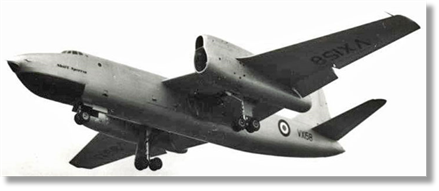
One of two Short Sperrin prototypes. The RAF ordered the four-engined jet as insurance in case there were delays in the development of the nuclear-capable V-Bomber program, which resulted in the Avro Vulcan, Vickers Valiant and Handley-Page Victor. The Sperrin never went into production.
Interestingly, it was the company’s license-built manufacture of the Britania which led directly to Short’s design of the Belfast. The initial proposal was to build a heavy cargo transport using the Britannia’s wings and tail grouping around a wholly-new fuselage. The compromise would reduce the type’s expense and development time, but also compromised the aircraft’s performance to some degree, even though the eventual design did evolve significantly from that first concept.
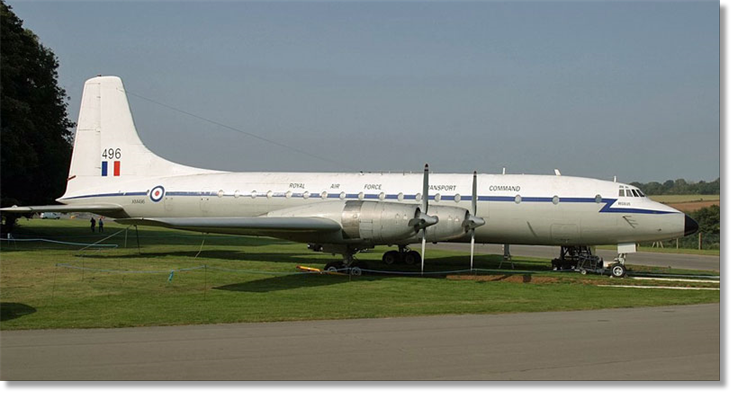
A beautifully preserved ex-RAF Bristol Britannia C.1 (XM496) which reveals the strong similarities to the Belfast’s wing and tail feathers.
Nevertheless, the RAF ordered ten of them, all of which served with 53 Squadron, based mostly at RAF Brize Norton in Oxfordshire.
In keeping with its long-standing tradition of naming individual transport aircraft in its fleet, the Royal Air Force chose to name each of its Belfasts after a mythological ‘giant’, naming them by RAF serial as follows…
XR362 ‘Samson’ – scrapped Southend, England Feb.94
XR363 ‘Goliath’ – scrapped Southend, England Feb.94
XR364 ‘Pallas’ – scrapped Hucknall, England Jun.79
XR365 ‘Hector’ – in storage at Cairns Airport, Australia
XR366 ‘Atlas’ – scrapped Hucknall, England Aug.79
XR367 ‘Heracles’ – scrapped Southend, England 2001
XR368 ‘Theseus’ – scrapped Southend, England Oct.o4
XR369 ‘Spartacus’ – scrapped Hucknall Jul.79
XR370 ‘Ajax’ – scrapped Hucknall Jul.79
XR371 ‘Enceladus’ – on display RAF Museum Cosford
The type was a success in RAF service, but suffered the axe in 1976 during a massive spate of defence cuts which also saw the withdrawal of the deHavilland Comet and Bristol Britannia fleets. All ten Belfasts made it into civilian hands, but several succumbed quickly to the scrapper’s torch. Rolls-Royce acquired five Belfasts, flirting briefly with the idea of using the fleet to deliver their massive Trent jet engines around the world, but soon lost interest and demolished the majority at their facility in Hucknall after removing their Rolls-Royce Tyne turboprops for resale. They did at least donate ‘Enceladus’ to the RAF Museum for preservation (but still took her engines).
Eventually, the five remaining survivors joined HeavyLift, a company which became synonymous with the type. HeavyLift used two examples for spare parts (Samson and Goliath), and flew the other three (Hector, Heracles and Theseus) for many years, hauling oversized freight all over the world.
In keeping with its long-standing tradition of naming individual transport aircraft in its fleet, the Royal Air Force chose to name each of its Belfasts after a mythological ‘giant’, naming them by RAF serial as follows…
XR362 ‘Samson’ – scrapped Southend, England Feb.94
XR363 ‘Goliath’ – scrapped Southend, England Feb.94
XR364 ‘Pallas’ – scrapped Hucknall, England Jun.79
XR365 ‘Hector’ – in storage at Cairns Airport, Australia
XR366 ‘Atlas’ – scrapped Hucknall, England Aug.79
XR367 ‘Heracles’ – scrapped Southend, England 2001
XR368 ‘Theseus’ – scrapped Southend, England Oct.o4
XR369 ‘Spartacus’ – scrapped Hucknall Jul.79
XR370 ‘Ajax’ – scrapped Hucknall Jul.79
XR371 ‘Enceladus’ – on display RAF Museum Cosford
The type was a success in RAF service, but suffered the axe in 1976 during a massive spate of defence cuts which also saw the withdrawal of the deHavilland Comet and Bristol Britannia fleets. All ten Belfasts made it into civilian hands, but several succumbed quickly to the scrapper’s torch. Rolls-Royce acquired five Belfasts, flirting briefly with the idea of using the fleet to deliver their massive Trent jet engines around the world, but soon lost interest and demolished the majority at their facility in Hucknall after removing their Rolls-Royce Tyne turboprops for resale. They did at least donate ‘Enceladus’ to the RAF Museum for preservation (but still took her engines).
Eventually, the five remaining survivors joined HeavyLift, a company which became synonymous with the type. HeavyLift used two examples for spare parts (Samson and Goliath), and flew the other three (Hector, Heracles and Theseus) for many years, hauling oversized freight all over the world.
Short SC-5 Belfast C.1 XR365 ‘Hector’ (with XR370 ‘Ajax’ behind) while conducting engine runs in 53 Squadron service at RAF Brize Norton on May 19th, 1976.
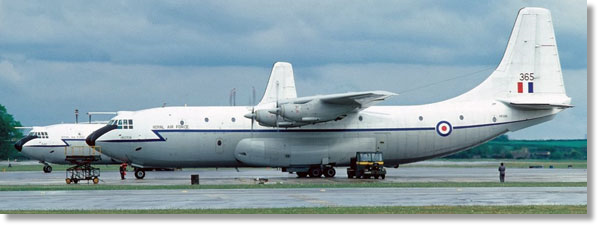
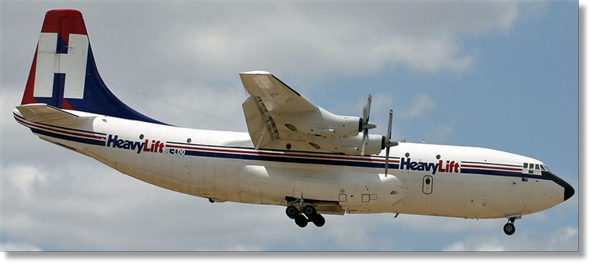
Former RAF transport Short SC-5 Belfast C.1 XR365 ‘Hector’ coming in to land at Perth, Australia on May 7th, 2004 while serving with Heavy Lift Cargo Airlines.
HeavyLift even flew significant contracts with their Belfasts for the RAF, especially during the Falklands War and later in the Gulf War. Ironically, the enormous expense of these contracts would likely have kept the Belfast fleet flying in RAF service until the 1990s, had they not short-sightedly retired them in the 70s!
HeavyLift’s contracts began to dwindle following the end of the Cold War, which saw the Russian cargo line Volga-Dnepr dominate the market with their far more capacious, and faster Antonov An-124 Ruslan, roughly the size and configuration of a Lockheed C-5 Galaxy.
Interestingly, HeavyLift briefly joined forces with Volga-Dnepr, but then folded up their UK operation, with the aim of re-establishing themselves in Australia.
‘Hector’ relocated to Australia in February, 2003, and ‘Theseus’ was due to follow. However, those plans fell through, and the giant cargo plane succumbed to the bulldozer in October, 2004. And then there was one.
HeavyLift’s contracts began to dwindle following the end of the Cold War, which saw the Russian cargo line Volga-Dnepr dominate the market with their far more capacious, and faster Antonov An-124 Ruslan, roughly the size and configuration of a Lockheed C-5 Galaxy.
Interestingly, HeavyLift briefly joined forces with Volga-Dnepr, but then folded up their UK operation, with the aim of re-establishing themselves in Australia.
‘Hector’ relocated to Australia in February, 2003, and ‘Theseus’ was due to follow. However, those plans fell through, and the giant cargo plane succumbed to the bulldozer in October, 2004. And then there was one.
But recent reports from the Australian blog Far North Queensland Skies have described a flurry of maintenance activity around ‘Hector’, including a number of engine runs in the last few weeks. So perhaps there are positive plans afoot for resurrecting this resilient cargo plane. It will not be an easy task, and certainly not an easy aircraft to maintain, given the type’s limited production run, and the lack of OEM support for the Rolls-Royce Tyne engines, but hopefully ‘Hector’ will live to fly again one day, even if it is to a museum somewhere.
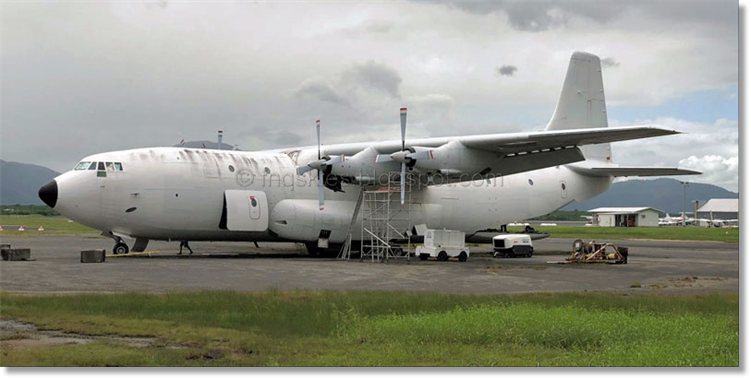
While dormant for many years at Cairns Airport, new reports suggest that ‘Hector’ may yet find a reprieve. The aircraft has been receiving a lot of attention lately, and has run her engines a number of times. (photo reproduced with permission from fnqskies@blogspot.com)
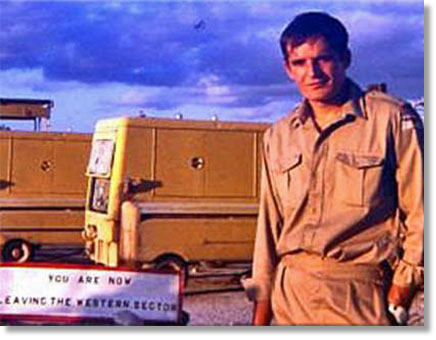
Tony Gale
RAF Salalah, Oman, 1971
Just visiting this time
RAF Salalah, Oman, 1971
Just visiting this time

A new member who has joined us recently is:
Matt Davis, Trenton, ON
Welcome to the OBA!

Watch crazy Australians fly a C-17 between Brisbane city buildings
The video starts slowly as the C-17 makes its approach. According to a statement from the RAAF, the plane flew about 330 feet above the ground at nearly 200 mph. This allowed lucky folks watching from nearby buildings to shoot photos and videos of the plane flying at eye level.
While the video may look harrowing, especially after the 1:00 mark, the plane was actually following a river for most of its route, and did have some wiggle room to shift a little left or right. And the plane conducted the flight twice, coming back around after the first pass.
The flypast wasn't without controversy, though. The Aviationist addressed peoples' concerns that it was a "9/11-like stunt," pointing out that the aerial displays are an annual tradition and that the C-17 flying wasn't even the most surprising show they've done there. And, what you don't see from watching the brief clip is that it was well-rehearsed, meaning viewers had a chance to get accustomed to the stunt.
www.wearethemighty.com
While the video may look harrowing, especially after the 1:00 mark, the plane was actually following a river for most of its route, and did have some wiggle room to shift a little left or right. And the plane conducted the flight twice, coming back around after the first pass.
The flypast wasn't without controversy, though. The Aviationist addressed peoples' concerns that it was a "9/11-like stunt," pointing out that the aerial displays are an annual tradition and that the C-17 flying wasn't even the most surprising show they've done there. And, what you don't see from watching the brief clip is that it was well-rehearsed, meaning viewers had a chance to get accustomed to the stunt.
www.wearethemighty.com

$3.5 billion sale to UK of 36 Boeing H-47 Chinook helicopters approved by US
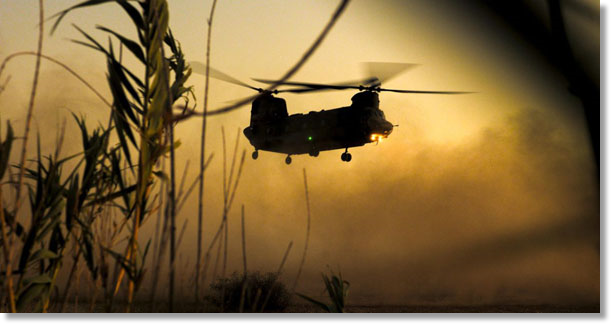
The U.S. Department of State has approved a possible $3.5 billion sale of 16 H-47 Chinook helicopters to the United Kingdom, the Defense Security Cooperation Agency said on Friday.
The U.K. government has requested 16 H-47 Chinook Extended Range helicopters to provide a heavy lift rotary wing capability able to execute missions in extreme environments across a full range of military operations, the DSCA said in a Friday, October 20 release.
In December 2015, Boeing delivered the 14th Mk6 Chinook to the U.K. Royal Air Force, growing its fleet to 60 aircraft. The RAF’s current operational fleet includes the Mk6 and Mk4 aircraft.
The RAF has operated the Chinook in every major NATO operation since 1980, and uses the helicopter for air assault, troop transport and medical missions.
The Defense Post
The U.K. government has requested 16 H-47 Chinook Extended Range helicopters to provide a heavy lift rotary wing capability able to execute missions in extreme environments across a full range of military operations, the DSCA said in a Friday, October 20 release.
In December 2015, Boeing delivered the 14th Mk6 Chinook to the U.K. Royal Air Force, growing its fleet to 60 aircraft. The RAF’s current operational fleet includes the Mk6 and Mk4 aircraft.
The RAF has operated the Chinook in every major NATO operation since 1980, and uses the helicopter for air assault, troop transport and medical missions.
The Defense Post
From: Rob Davies, Woodchurch, Kent
Subject: Spitfires etc.
Hi Tony,
There was a vintage fly-in weekend at Heringsdorf, NE Germany, hosted by Hangar 10 Collection, 26th Sept to 1st October, this year. Here is a video of my test flight in a Spitfire Mk.XVIII which I'm sure you'll enjoy!
Subject: Spitfires etc.
Hi Tony,
There was a vintage fly-in weekend at Heringsdorf, NE Germany, hosted by Hangar 10 Collection, 26th Sept to 1st October, this year. Here is a video of my test flight in a Spitfire Mk.XVIII which I'm sure you'll enjoy!
Rob Davies MBE FRAeS.
Aero Legends test and check
pilot. Hangar 10 test pilot.
Aero Legends test and check
pilot. Hangar 10 test pilot.
Mikael Carlson (Sweden)
Klaus Plasa (Germany)
Lead Me 109 test pilot.
Ex German AF test pilot.
Lead Me 109 test pilot.
Ex German AF test pilot.
Volker Bau (Germany)
Me 109 pilot.
Airbus No.1 Chopper test pilot
Ex German Army.
Me 109 pilot.
Airbus No.1 Chopper test pilot
Ex German Army.
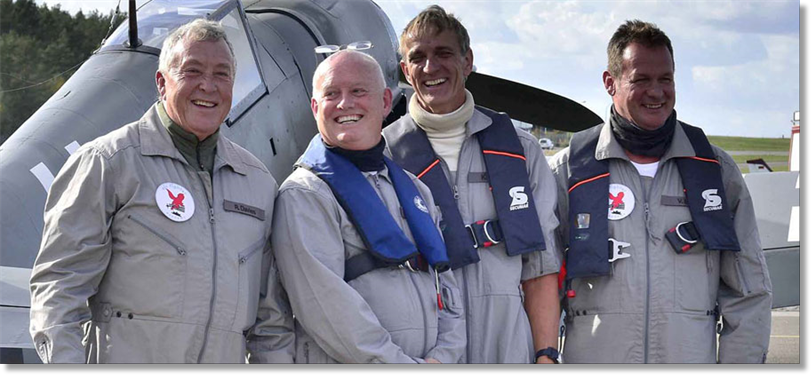
Hangar 10 Collection Pilots
Over the years I have flown many Warbirds, including Spitfires. This includes a Mk.11 photo reconnaissance version, Mk.9, Mk.16 and aTr9, two seat trainer. It was the Tr9, that I had to belly land in a field, after engine failure.
Over the last three years, I have been flying the Mk.18, which is the most challenging Spit. Griffon powered, over 2,000 HP and the propeller rotation is in the opposite direction to Merlin powered Spitfires. The torque on take off takes a lot of managing and to assist in countering this, the Mk.18 has a huge Rudder. The Mk.18 is three feet longer than a Mk.9, due to the bigger engine and large Rudder. To keep the C of G in limits, the fin is completely filled with lead. The Mk.18 was the fastest production Spitfire on the traditional wing platform.
Best regards
Rob
Over the last three years, I have been flying the Mk.18, which is the most challenging Spit. Griffon powered, over 2,000 HP and the propeller rotation is in the opposite direction to Merlin powered Spitfires. The torque on take off takes a lot of managing and to assist in countering this, the Mk.18 has a huge Rudder. The Mk.18 is three feet longer than a Mk.9, due to the bigger engine and large Rudder. To keep the C of G in limits, the fin is completely filled with lead. The Mk.18 was the fastest production Spitfire on the traditional wing platform.
Best regards
Rob
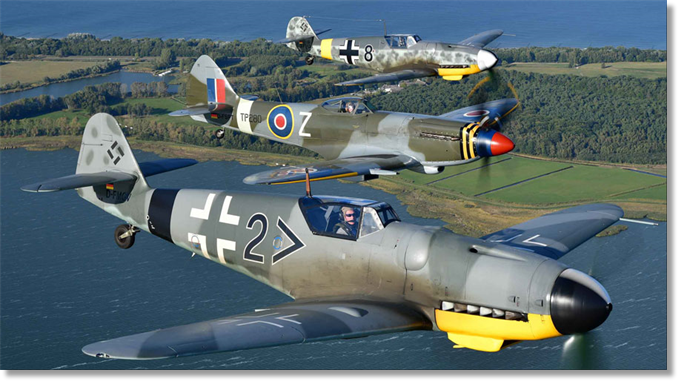
This Newsletter is Dedicated
to the Memory of
Jim Bostock (RCAF)
to the Memory of
Jim Bostock (RCAF)
Tony Gale
ukmamsoba@gmail.com
ukmamsoba@gmail.com
If you wish to send a donation to the OBA drop
me an e-mail and I'll tell how you can do it.
me an e-mail and I'll tell how you can do it.























